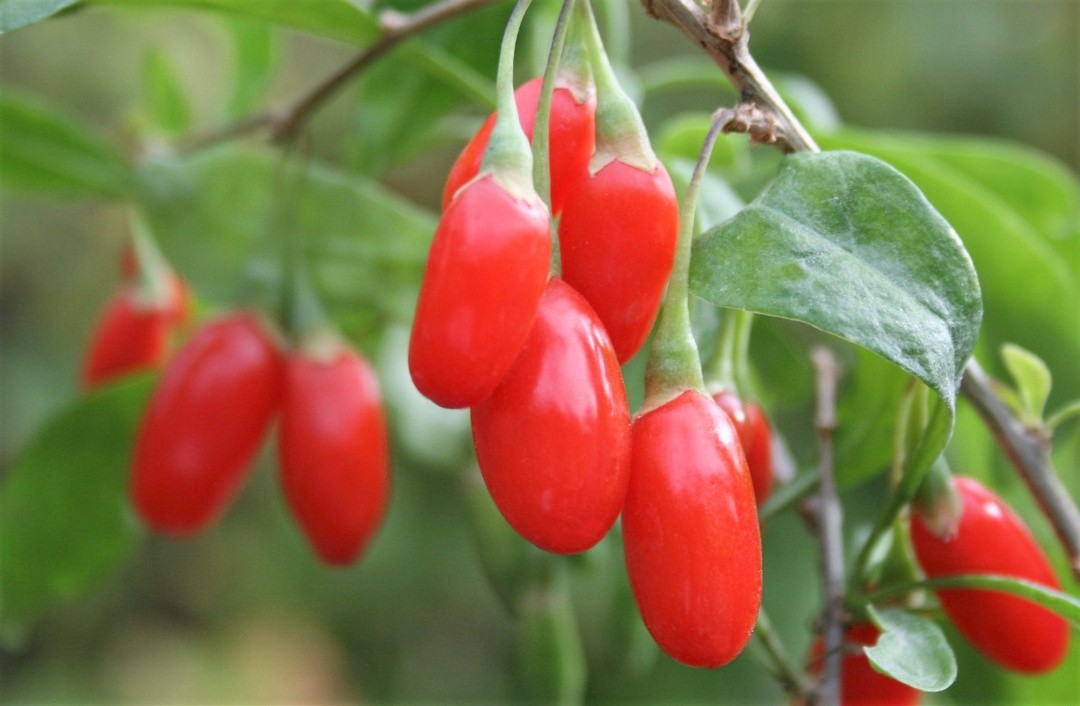
FREEZING IQF GOJI OR ABOUT NEW BUSINESS HORIZONS
Goji berries (also called wolf berries) are native to the Himalayan Mountains of Tibet and Mongolia. In Asia, especially in China - goji berries have been consumed for generations for the multitude of their nutritional benefits. The western consumers have happily accepted this super-food in their diets. Dried goji berries, looking like raisins, are consumed today as a healthy snack mixed with cereals, oatmeal, yogurts or in combination with raw nuts. It is no wonder that goji has earned the trust of westerners as well – with the multitude of vitamins, antioxidants and low caloric levels – goji earned the claim of being a fountain of youth.
For hundreds of years, goji was harvested at high altitudes and the only available and possible preservation method in those conditions - was drying. However the advances in freezing technologies have led to a new trend in the goji processing: IQF frozen goji berries.
By IQF freezing goji, the original taste and shape of the berries is preserved and the final consumers can discover a very different and tasty berry. With a fine balance between sweet and sour, the IQF frozen berries taste better than dried and open new business opportunities for goji processors.
So where exactly is the business opportunity? The math is simple: in order to produce 1 kg of dry goji – are needed approximately 8 kg of fresh product. At the same time, out of 8 kg of fresh goji will result a bit more than 8 kg of IQF frozen goji due to the volume increase during freezing. And here is the plot twist: the wholesale price per kg of frozen and dry goji are very similar, landing somewhere in between 5 to 9 USD. So we are talking about a roughly 1 to 8 profitability ratio in the benefit of IQF frozen vs dried goji.
What about best-practices in processing? Goji is a product which is relatively easy to handle. It might be a bit tricky when it comes to picking it however increasingly more technologies are available for that part as well. In terms of pre-processing, goji berries are usually washed at the farm and pre-cooled in a cold storage before being frozen. The goal of the pre-cooling is to decrease the product’s temperature down to +5C – the lower the temperature before freezing the better freezing capacity. The frozen goji might obviously be a bit more fragile than dried, however it gives another valuable business benefit: stem preservation. The goji processors using OctoFrost IQF freezers are gladly reporting a beautifully frozen product with stem – this way when the product is de-frozen it keeps a very natural aspect, as the stem is preserving the shape and structure of the goji. Additionally, it was reported that only OctoFrost freezer manages to leave the goji stem green and natural after freezing which of course adds up to a good looking frozen product and a premium selling price.
All in all, by freezing goji, the natural taste, bite and appearance are preserved while low dehydration, and volume increase adds up to the profitability of the processor. As a latest trend in goji processing, we could mention that organic IQF goji is gaining increasing attention and processors see this as an important investment opportunity. One thing is clear, goji berries are here to stay and the dried version was just a humble beginning of what this berry has to offer.
